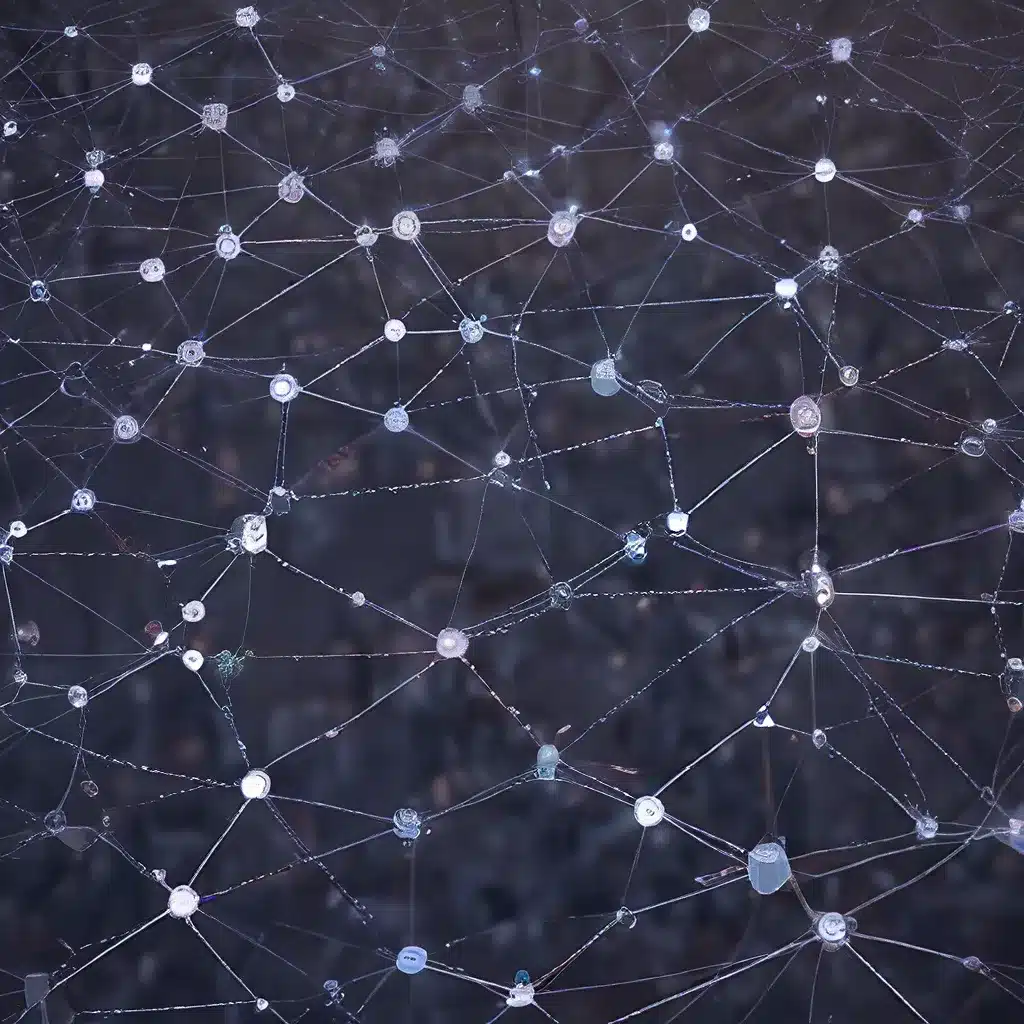
In the rapidly evolving landscape of the Internet of Things (IoT), sensor networks have emerged as a critical component, enabling the seamless collection, processing, and communication of vast amounts of data. As IoT systems expand in scale and complexity, the design of distributed algorithms for scalable and resilient sensor networks has become paramount. This article delves into the intricacies of sensor network design, exploring the intersection of IoT applications, security challenges, and energy management strategies.
The Rise of Sensor Networks in IoT
The advent of the IoT has been a transformative force, revolutionizing the way we interact with our physical environment. At the heart of this revolution are sensor networks, which serve as the backbone for data collection and exchange. These networks consist of interconnected sensor nodes capable of monitoring a wide range of parameters, from environmental conditions to industrial processes.
As IoT systems have become increasingly ubiquitous, the demand for real-time guarantees and secure data transmission has skyrocketed. Sensor networks must now contend with the challenges posed by the large-scale distribution and resource-constrained nature of IoT devices. Addressing these challenges requires the development of innovative distributed algorithms that can effectively manage the complexities of sensor network operations.
Distributed Algorithms for Scalable Sensor Networks
One of the key drivers in sensor network design is the need for scalability. As IoT ecosystems expand, sensor networks must be able to accommodate a growing number of nodes without compromising their performance or reliability. Distributed algorithms play a crucial role in achieving this scalability.
Sensor-networks.org has been at the forefront of research and development in this domain, exploring decentralized approaches to sensor network management. These algorithms leverage the inherent parallelism and redundancy of distributed systems to enable efficient load balancing, resource allocation, and fault tolerance.
Consensus-based Coordination
One prominent approach in scalable sensor network design is the use of consensus-based algorithms. These algorithms enable sensor nodes to reach agreement on critical system parameters, such as sensor data aggregation, task scheduling, and network topology management. By reaching consensus, sensor networks can maintain coherence and consistency across their distributed components, ensuring scalable and reliable operations.
Recent studies have demonstrated the effectiveness of blockchain-based consensus protocols in securing IoT systems, including smart home applications. By leveraging the immutability and transparency of blockchain technology, sensor networks can establish secure communication channels and verify data integrity at scale.
Adaptive Task Allocation
As sensor networks grow in size and complexity, the efficient allocation of tasks to individual nodes becomes crucial. Distributed algorithms can enable adaptive task allocation, where sensor nodes dynamically adjust their roles and responsibilities based on factors such as resource availability, energy consumption, and data processing requirements.
This adaptability allows sensor networks to balance workloads, optimize resource utilization, and respond to changing environmental conditions in real-time. By employing these strategies, sensor networks can achieve scalable performance and resilience in the face of fluctuating demands or system failures.
Ensuring Resilience in Sensor Networks
Alongside scalability, resilience is a critical concern in sensor network design. IoT systems are often deployed in distributed and heterogeneous environments, where sensor nodes may be subjected to failures, attacks, or environmental disturbances.
Distributed algorithms play a pivotal role in enhancing the fault-tolerance and self-healing capabilities of sensor networks. These algorithms can implement redundancy mechanisms, dynamic reconfiguration, and decentralized decision-making to ensure that the network can adapt and recover from disruptive events.
Secure and Privacy-preserving Protocols
Security and privacy are paramount considerations in IoT sensor networks, where sensitive data is continuously collected and transmitted. Distributed algorithms can incorporate secure communication protocols, encryption techniques, and access control mechanisms to protect sensor data and prevent unauthorized access.
Blockchain-based solutions, for instance, have demonstrated their potential in enhancing the security and privacy of smart home systems by providing a tamper-resistant and decentralized platform for managing IoT devices and data.
Energy-efficient Designs
The energy consumption of sensor nodes is a critical factor in ensuring the long-term resilience of IoT sensor networks. Distributed algorithms can optimize energy usage by load balancing, duty cycling, and energy harvesting techniques. These strategies enable sensor nodes to adapt their operational modes and coordinate their activities to minimize power consumption while maintaining desired levels of performance and reliability.
Practical Implications and Future Trends
The advancements in distributed algorithms for sensor networks have far-reaching implications across various IoT applications. From smart cities and connected homes to industrial automation and environmental monitoring, these innovations are transforming the way we interact with and manage our physical environments.
As the IoT landscape continues to evolve, the demand for scalable, resilient, and secure sensor networks will only grow. Researchers and industry practitioners are actively exploring machine learning and artificial intelligence techniques to further enhance the adaptability and intelligence of sensor network algorithms.
Additionally, the integration of edge computing and fog computing architectures with sensor networks is expected to enable real-time data processing, reduced latency, and improved privacy for IoT applications.
By embracing the power of distributed algorithms, the sensor network and IoT community can pave the way for a future where connected devices seamlessly collaborate, data is securely managed, and system resilience is ensured, ultimately transforming the way we interact with and harness the power of the physical world.